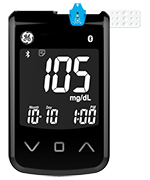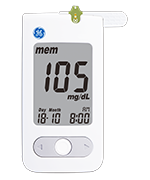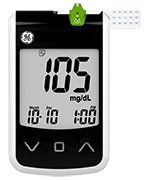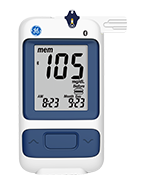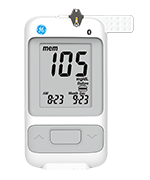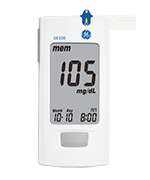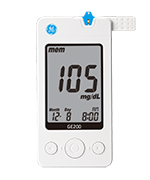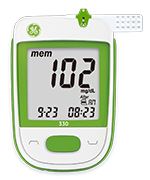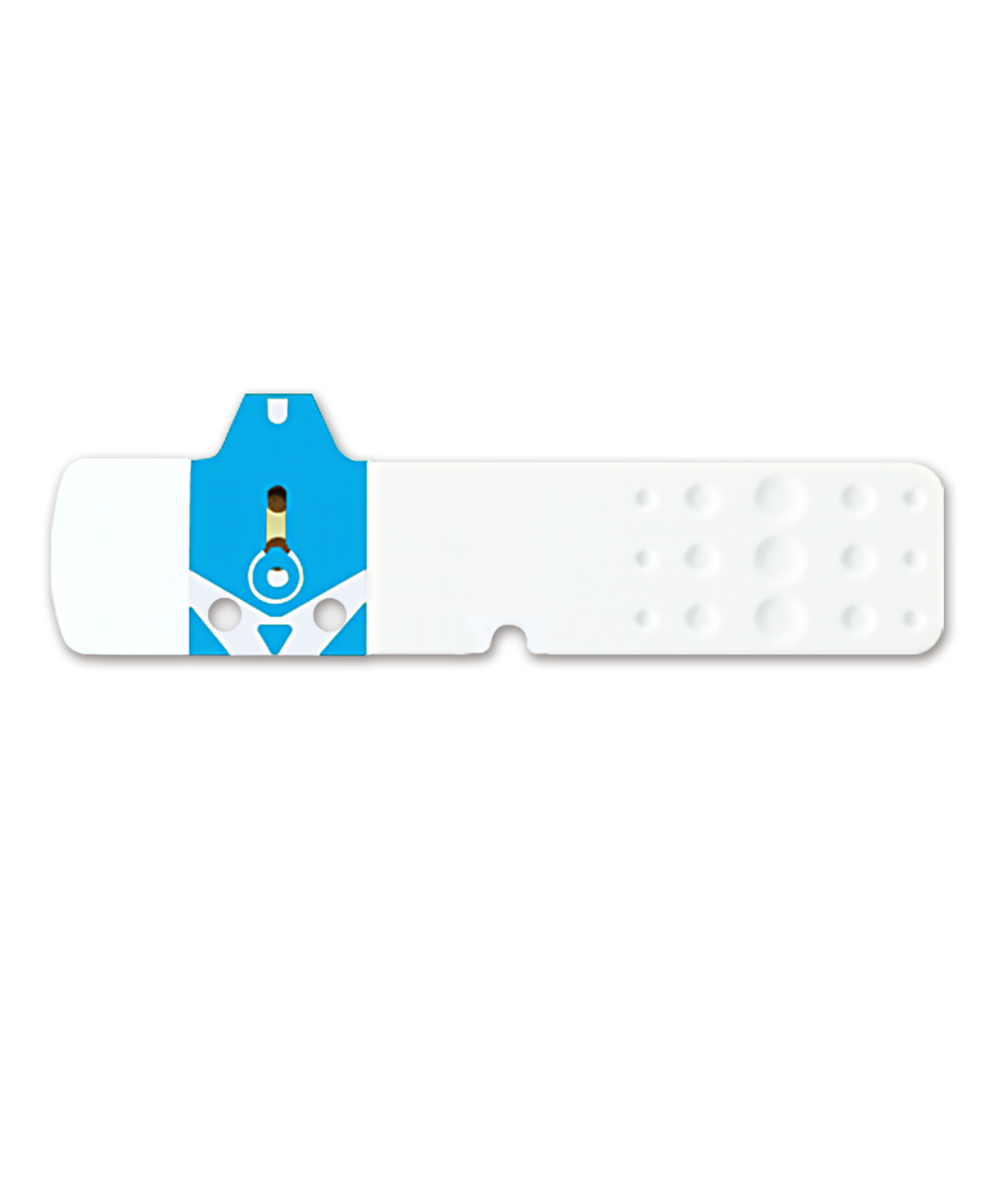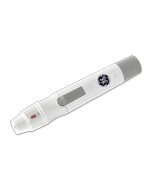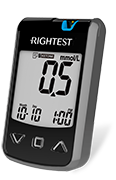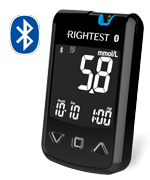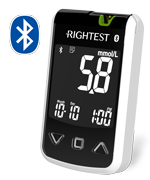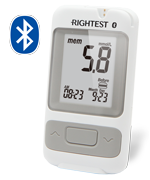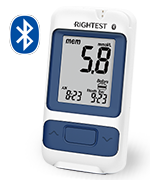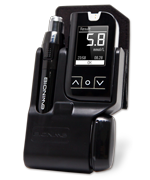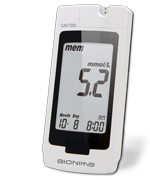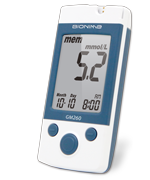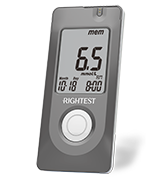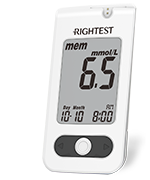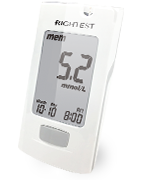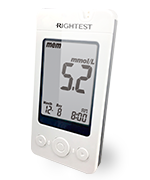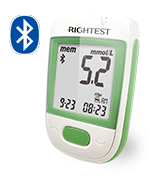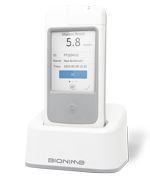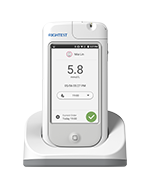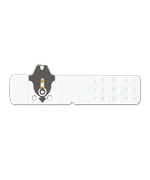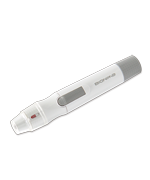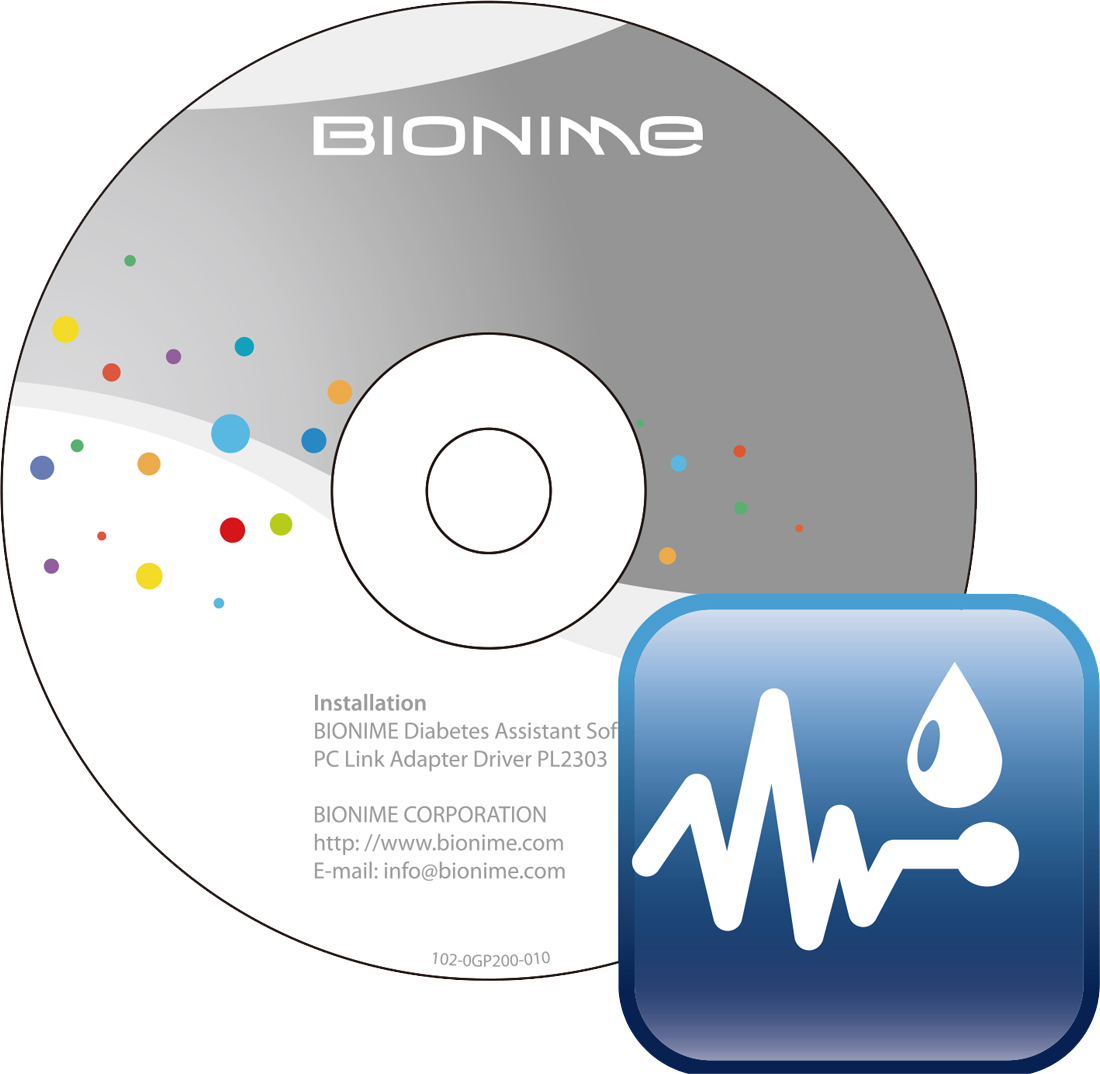Me and my “close mate”
Jing is a 26 years old type 1 diabetes patient and has been coping with the disease since high school. During the first onset of the disease, Jing spent 3 days in intensive care as the result of diabetic ketoacidosis, and has since become accustomed to insulin and blood glucose meter.
Type 1 diabetes patients made up about 5~10% of patients in countries of North America and Europe, and only about 2% in Taiwan. While commonly found in children and adolescents, some adults are also patients of type 1 diabetes – a notable example being Teresa May, the current Prime Minister of the United Kingdom, who was afflicted with type 1 diabetes in 2012 via influenza. The American Diabetes Association recommends patients with type 1 diabetes to measure their blood glucose levels at least 3~4 times per day, and to adopt an intensive insulin regimen of multiple-dose injection or insulin pump therapy. The suggested target value of blood glucose level is to control the HbA1C level to below 7%, the glycemic goal for each individual patient may depend on variables, such as: age, duration of diseases, life expectancy, frequency of hypoglycemia or presence of chronic complications.
Insulin is an essential part of the daily lives of type 1 diabetes patient. The tool used for injection of insulin has also evolved from conventional syringe to easy-to-use insulin pen, giving people with diabetes greater convenience in managing their conditions.
There following are some key points on using insulin pen:
- Eliminate any bubbles inside the pen before usage. If the pen is stored in a refrigerator, remove and let it warm up for about 10~15 minutes before injection.
- After injecting into the skin, press firmly on the drug release button to release the content. Let the pen stay in the skin for at least 15 seconds before removal. Proper retention of the pen can prevent accidental overflow and ensure that correct dosage is injected into the skin.
- Avoid extracting drug from the pen with an empty syringe as this will result in incorrect dosage level. In many high-concentration insulin products, 1mL do not always equal to 100 units; for example, the concentration of insulin in Tresiba is 200u/mL, and 300u/mL in Toujeo. These high concentration insulin products inject higher concentration in relatively less volume, which makes for more stable pharmacokinetics and fewer risks of low blood sugar.
- In summer seasons with higher temperatures, patients should store the insulin in the refrigerator. Do not freeze insulin. If stored at room temperature, maintain below 25°C. Use cooling products outdoors to maintain proper temperature.
As a patient with type 1 diabetes, Teresa May has the following words of encouragement to fellow patients: “It doesn’t change what you can do. People with diabetes can lead a normal life doing the sort of things that other people do, the easier it is for those who are diagnosed with it to deal with it. Type 1 diabetes is no barriers to achievement.”
References:
1. American Diabetes Association
2. Diabetes.co.uk



